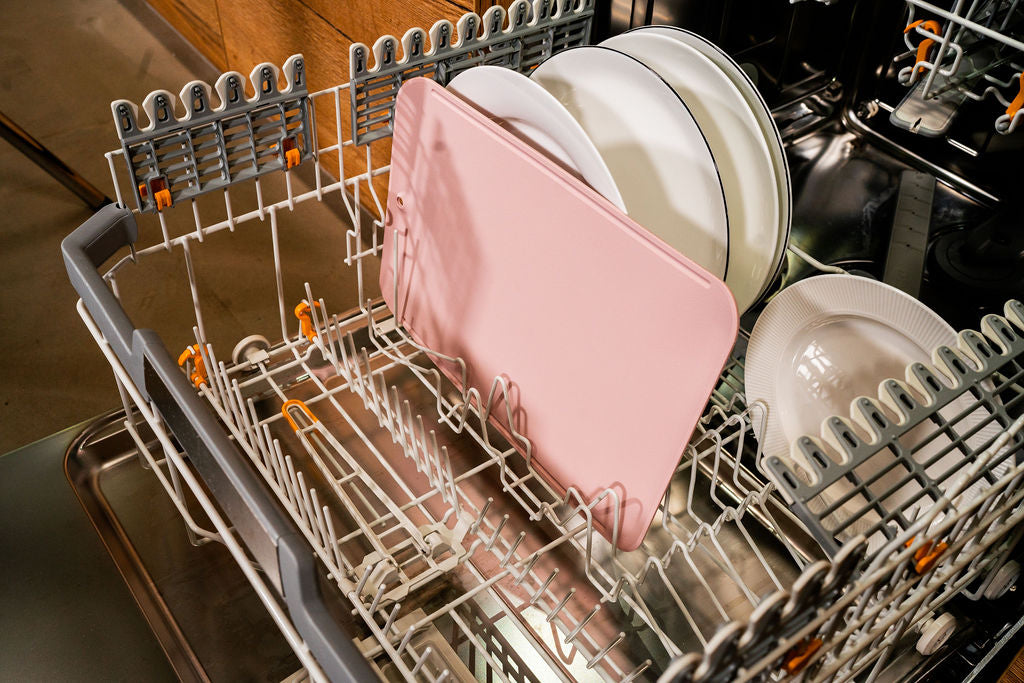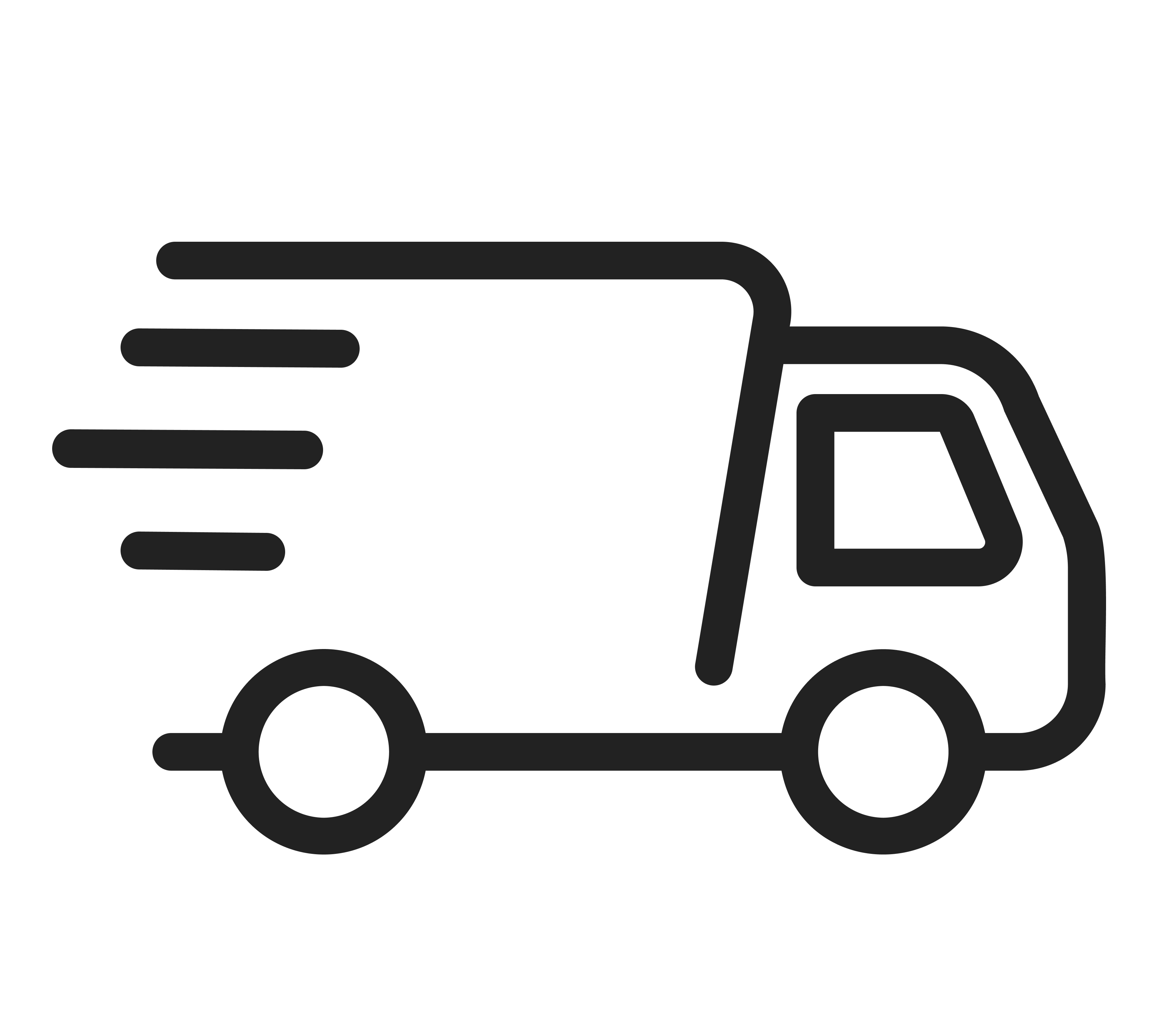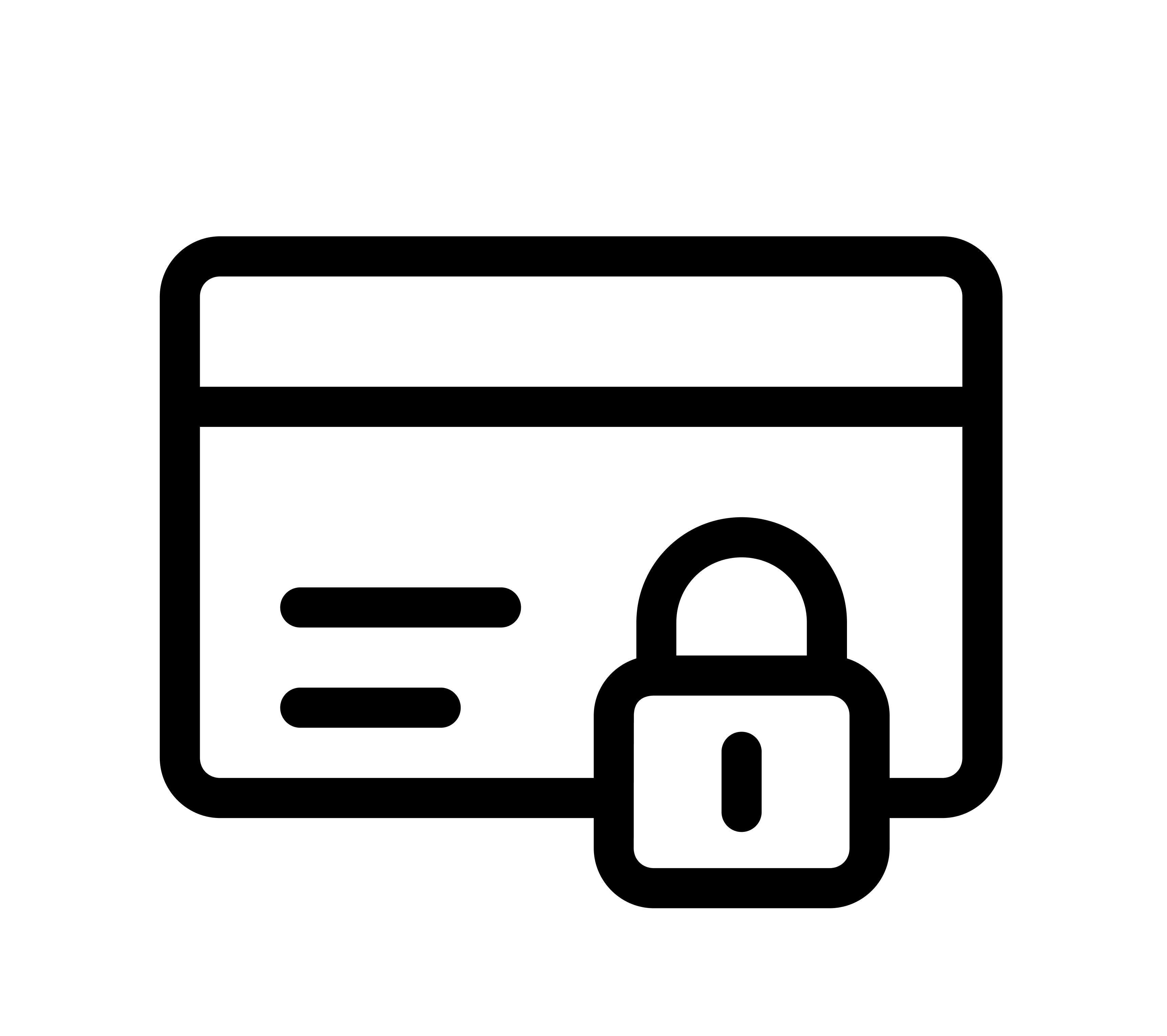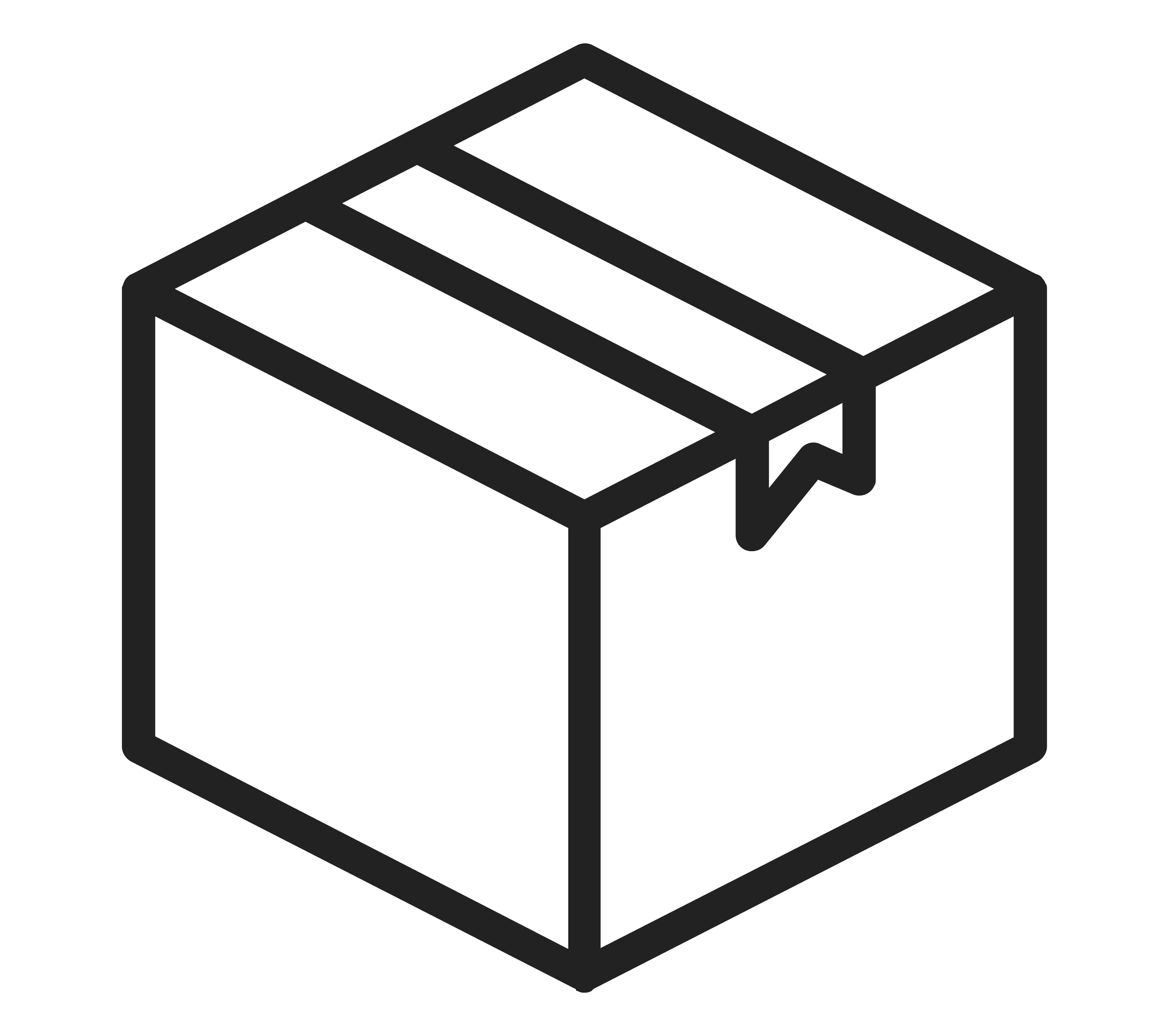Your chopping boards are discolored, scratched and remind you of last year's beet, tomatoes or chilli peppers.
No matter how often you put the boards in the dishwasher or wash them by hand, somehow they just don't get clean and discoloration or odours persist.
Even if your chopping board is made of a soft material, small cracks and cutting grooves will quickly appear in which germs and bacteria can accumulate. In addition, the juice water from fruit or vegetables settles in these cracks, which is why the boards are often difficult to clean.
Find out below what you can do to prevent discoloration and get your chopping board or plastic container clean again very quickly.
Cleaning the chopping board
Before you start removing juice stains, the chopping boards should be cleaned thoroughly. It generally makes sense to wash the chopping boards immediately after use, as this not only limits the spread of germs, but also prevents the bright color of food or residues from penetrating the material as quickly. You can find out why the hygiene of chopping boards is so important in this article.
If you mainly use plastic chopping boards, you can simply put them in the dishwasher. This should be avoided with wooden boards, as otherwise they will warp and the board will be unsuitable.
If you want to get your plastic board or wooden boards really clean, you should scrub them by hand in the sink.
It is important to clean the boards with water that is as hot as possible and to use high-quality washing-up liquid, which cleans both plastic and wood gently and thoroughly.
Removing discoloration - our tips and tricks
Whether plastic chopping boards or wooden boards, both materials will eventually become discolored or take on an unpleasant smell. Simple household remedies that can be found in every kitchen are enough to get rid of unsightly discoloration
.UV - light
It may sound trivial, but the sun is the easiest way to bleach objects. This method is therefore particularly suitable for white or very light-colored plastic boards.
Place the cleaned board in the sun and leave it for a few hours. However, it should not be too hot, otherwise the plastic will melt or deform.
Discoloration from tomato sauce, paprika or curry cannot be completely removed in this way, but strong stains are faded somewhat.
Lemon and salt
An alternative way to clean more stubborn stains is to use sea salt and lemon juice.
Coarse-grained salt is spread on the chopping board and then lemon halves are rubbed over the board. This allows the salt to penetrate the material well and remove odors and discoloration, while the acidic lemon juice disinfects the material.
This mixture of salt and lemon should be left to work into the material for a while before rinsing it off with water.
This method can be repeated as often as required until most of the discoloration has been removed.
Vinegar and baking soda
If you mainly want to remove odors from the material, the combination of vinegar and baking soda is very practical.
Rub the plastic board with a little vinegar and apply baking soda to the discolored areas. Once you have rubbed it in well, leave the mixture to work for half an hour and then rinse it off.
To get rid of discoloration properly, several passes are usually necessary.
Disinfecting chopping boards - here's how
To avoid food infections, you should always disinfect your chopping boards properly
.You can use a special sanitizer for this or simply use alcohol or vinegar essence.

In any case, the boards should be rinsed thoroughly after each treatment so that the taste of the home remedies is not transferred to the food.
Of course, it may be that some stains simply cannot be removed from the boards. This is either due to the material or the many cracks in the board.
If your board already has a particularly large number of cutting grooves and is heavily discolored, it may be time to get a new chopping board.







